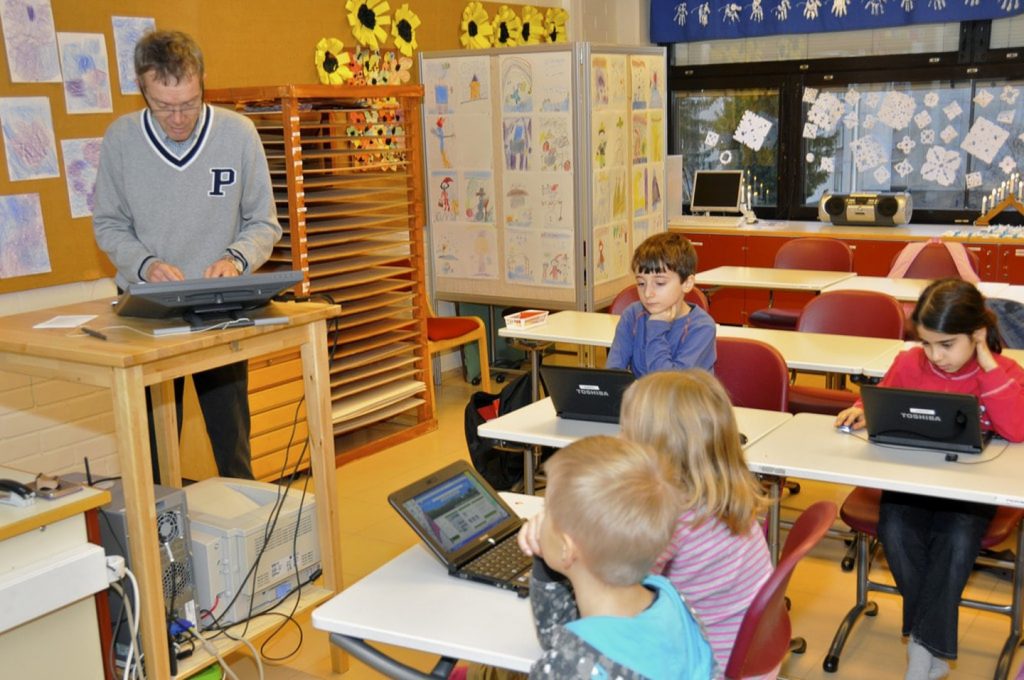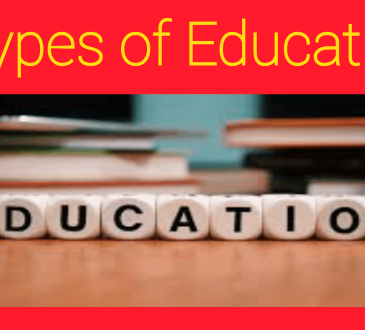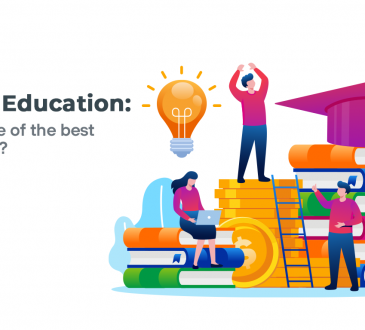Why the Rest of the World Wants a Piece of Finland’s Education
Education is a hot issue right now, with many nations assessing their failing school systems and desperately trying to figure out how to fix them. One country being used as an example for others to follow is Finland, which has some of the world’s highest student performance scores and is often considered to have one of the best education systems on the planet. Let’s exploce Why the Rest of the World Wants a Piece of Finland’s Education below.
Contents
Why the Rest of the World Wants a Piece of Finland’s Education
Early education
Some states think that they can improve their children’s futures by having them start school as soon as possible, sometimes as early as three or four years old. In Finland, formal education doesn’t start until children are seven years old.
Before that, state-funded day cares and preschools focus exclusively on play and letting young children learn how to socialise with each other. The forest school model allows children to get plenty of playtime outside to enjoy Finland’s beautiful wildlife.
Primary and secondary school
The main nine year bulk of a Finnish student’s education is considerably stress free compared to their neighbouring countries. Finland has no religious, single-gender, or private schools (aside from a few private international schools, but even then, the fees are only a few hundred Euros per year), so every student is on a level playing field. This does mean that taxes are higher, but they do at least go into preparing a new generation of skilled workers.
Finnish schools also have significantly less homework and fewer tests, so students can spend most of their free time socialising or focusing on their extracurricular activities. While schools still start at the unreasonably early hour of 8am, which studies have proven to be detrimental to teenagers, classes are generally done by 2pm, so students at least have the rest of the day free. These school hours also include more break times; at least 15 minutes for every 45 minutes of classes.
Higher education
This positive attitude extends to higher education, which is also free for Finnish students (although a recent change to the law means that international students now have to pay tuition fees). Their living expenses are paid for by social security, meaning students can enter the workforce fully trained with zero debt.
Even university living conditions are better, with students staying in small private apartments rather than shared dormitories, and they can even bring their pets along to live with them.
Teachers
This system makes Finland one of the best nations in the world to work as a teacher a profession that is underpaid and quite stressful in many other countries. Teaching is a highly respected profession in Finland, paid incredibly well, and shorter school hours mean less stress.
Standards for teaching are also very high, generally requiring a master’s degree as a bare minimum requirement, compared to a bachelor’s degree in other parts of the world. Even ESL teachers in Finland generally require a master’s degree, while in some countries the only requirement is being a native English speaker.
Why this system is important
Finland’s quality education system has been in place for a while now, but it is becoming more important than ever. A declining birth rate in Finland means there will likely be a labour crisis at some point in the future, which will increase the demand for skilled workers.
A small country such as Finland also has stiffer competition for job places in niche industries, with more Finns needing to move abroad to find work. A quality, debt free education puts them ahead in a competitive job market and helps them to prepare for a potentially unsteady future. That is once of Why the Rest of the World Wants a Piece of Finland’s Education.
Providing professional options past a traditional college degree
The current pipeline for education in America is incredibly stagnant and immutable. Children are stuck in the K-12 circuit jumping from teacher to teacher. Each grade a preparation for the next, all ending in the grand culmination of college, which then prepares you for the next grand thing on the conveyor belt. Many students don’t need to go to college and get a worthless degree or flounder about trying to find purpose and incur massive debt.
Finland solves this dilemma by offering options that are equally advantageous for the student continuing their education. There is a lesser focused dichotomy of college educated versus trade-school or working class. Both can be equally professional and fulfilling for a career. In Finland, there is the Upper Secondary School which is a three year program that prepares students for the Matriculation Test that determines their acceptance into a University. This is usually based off of specialties they’ve acquired during their time in “high school”. Next, there is vocational education, which is a three year program that trains students for various careers. They have the option to take the Matriculation test if they want to then apply to University.








